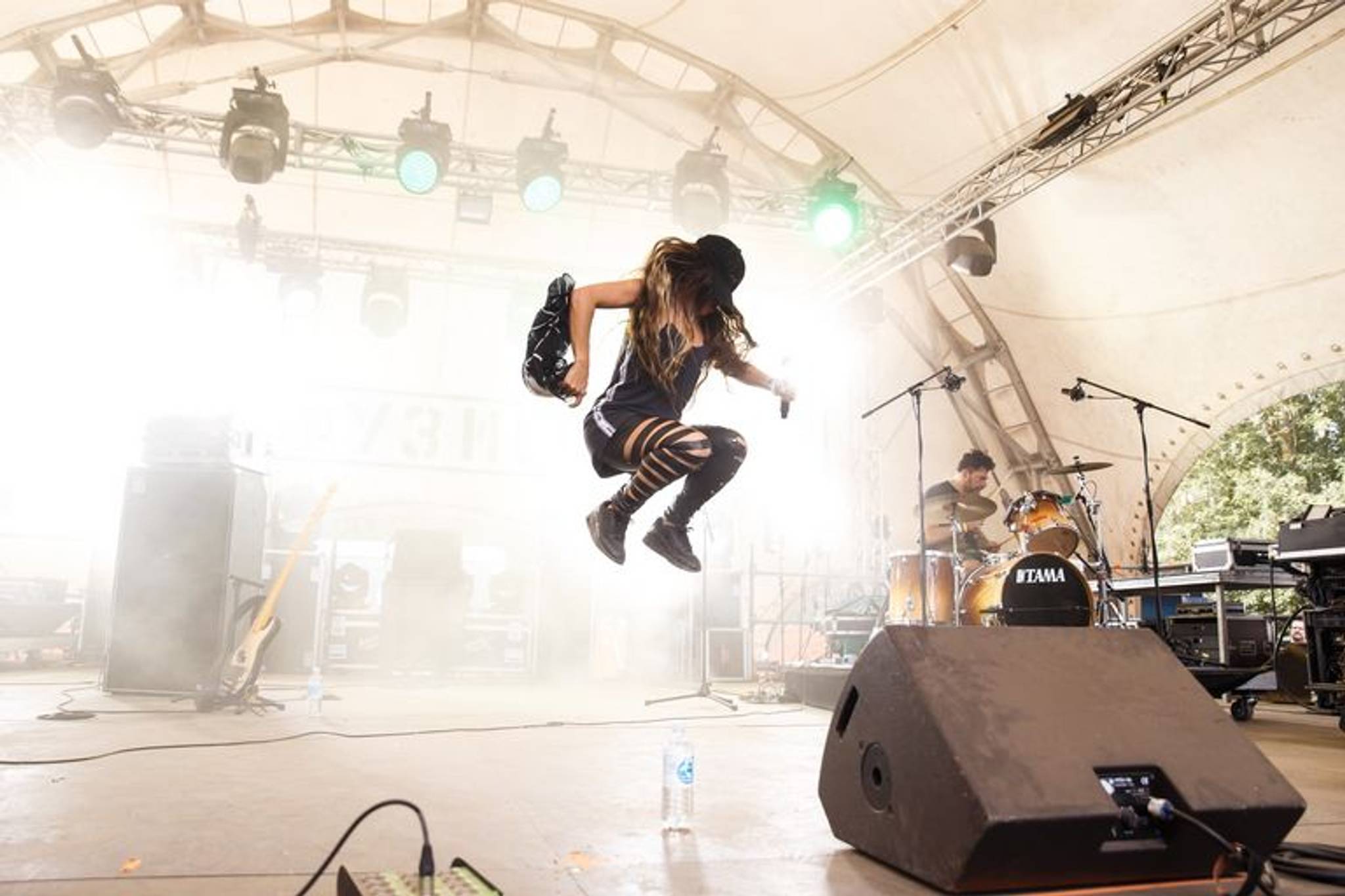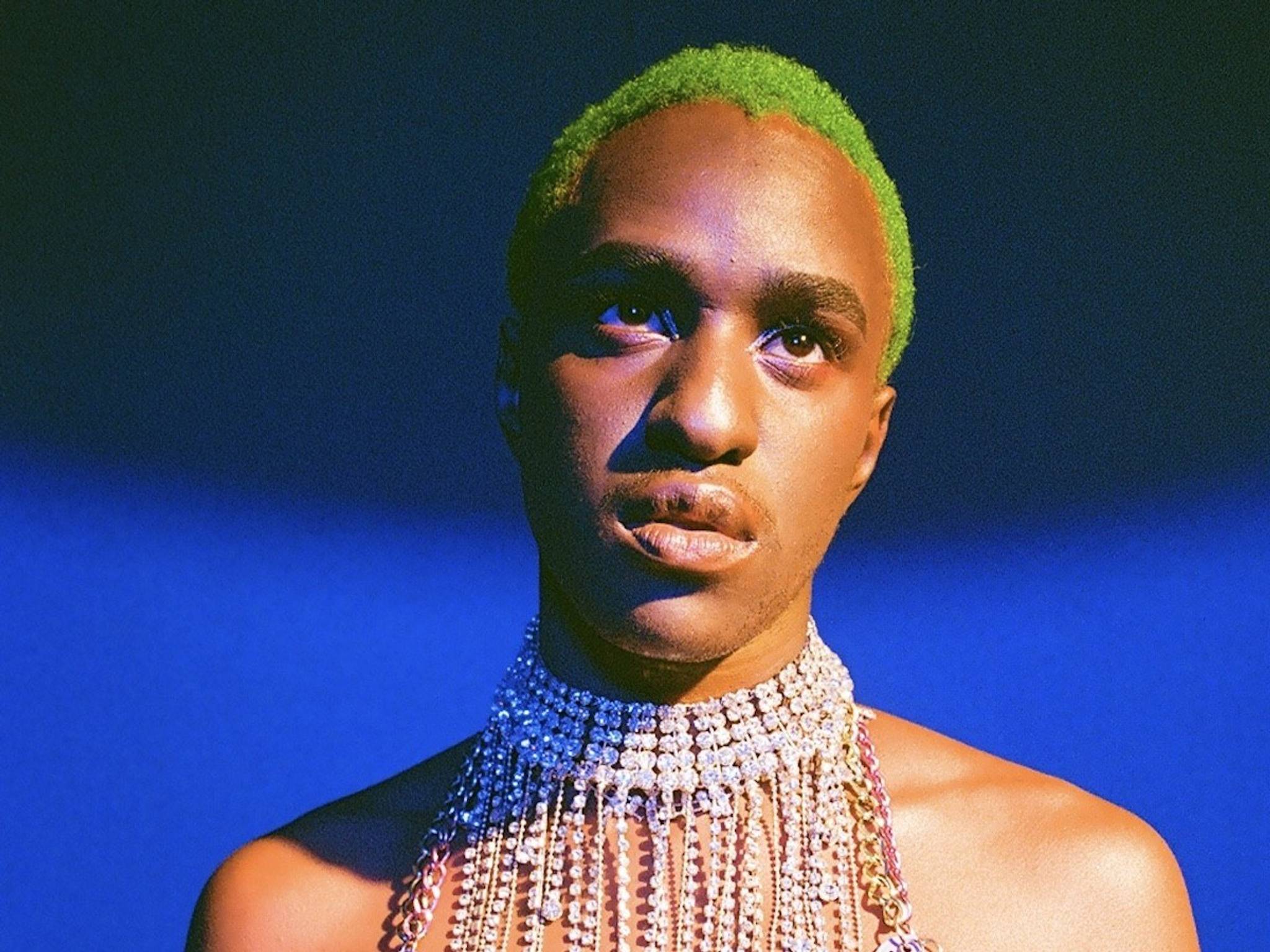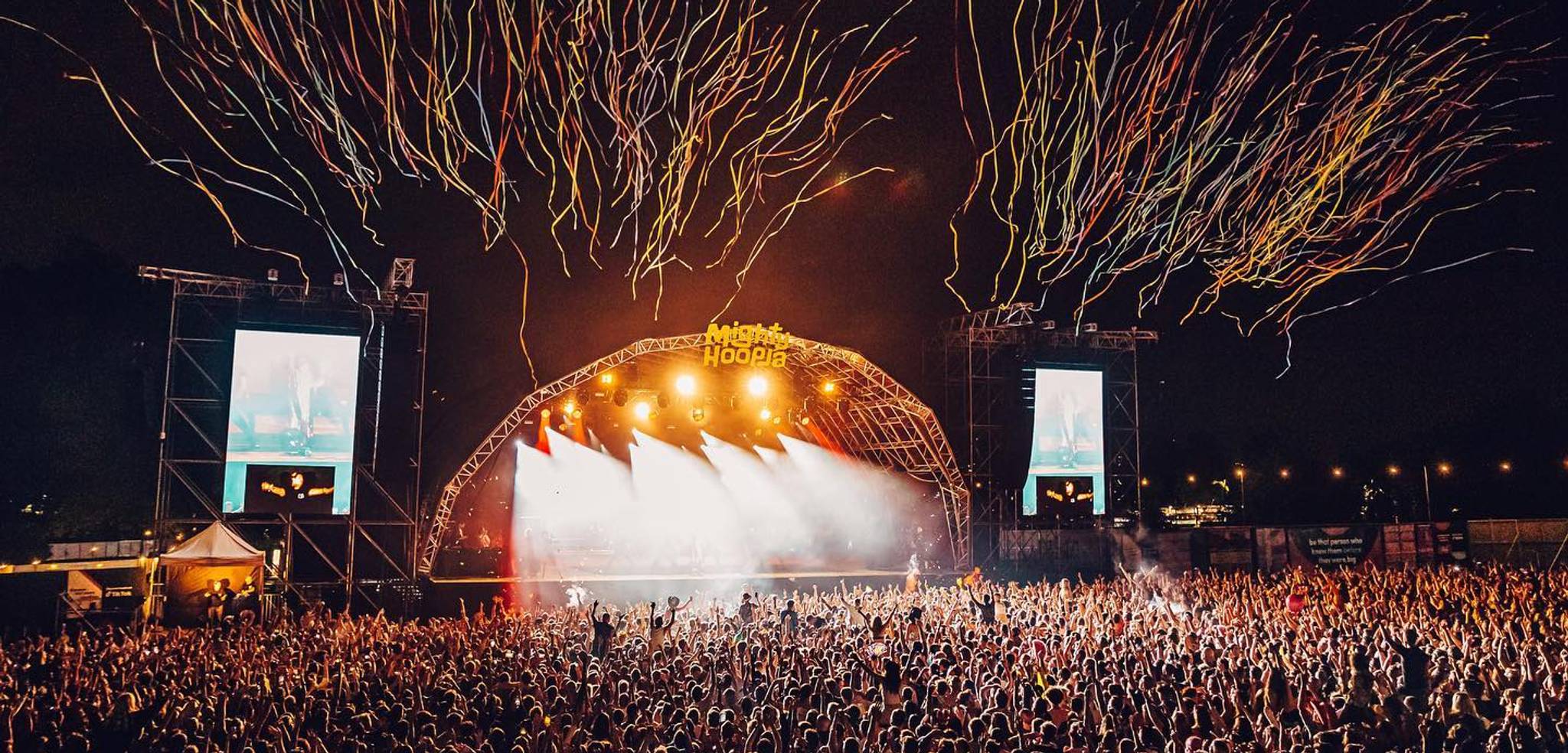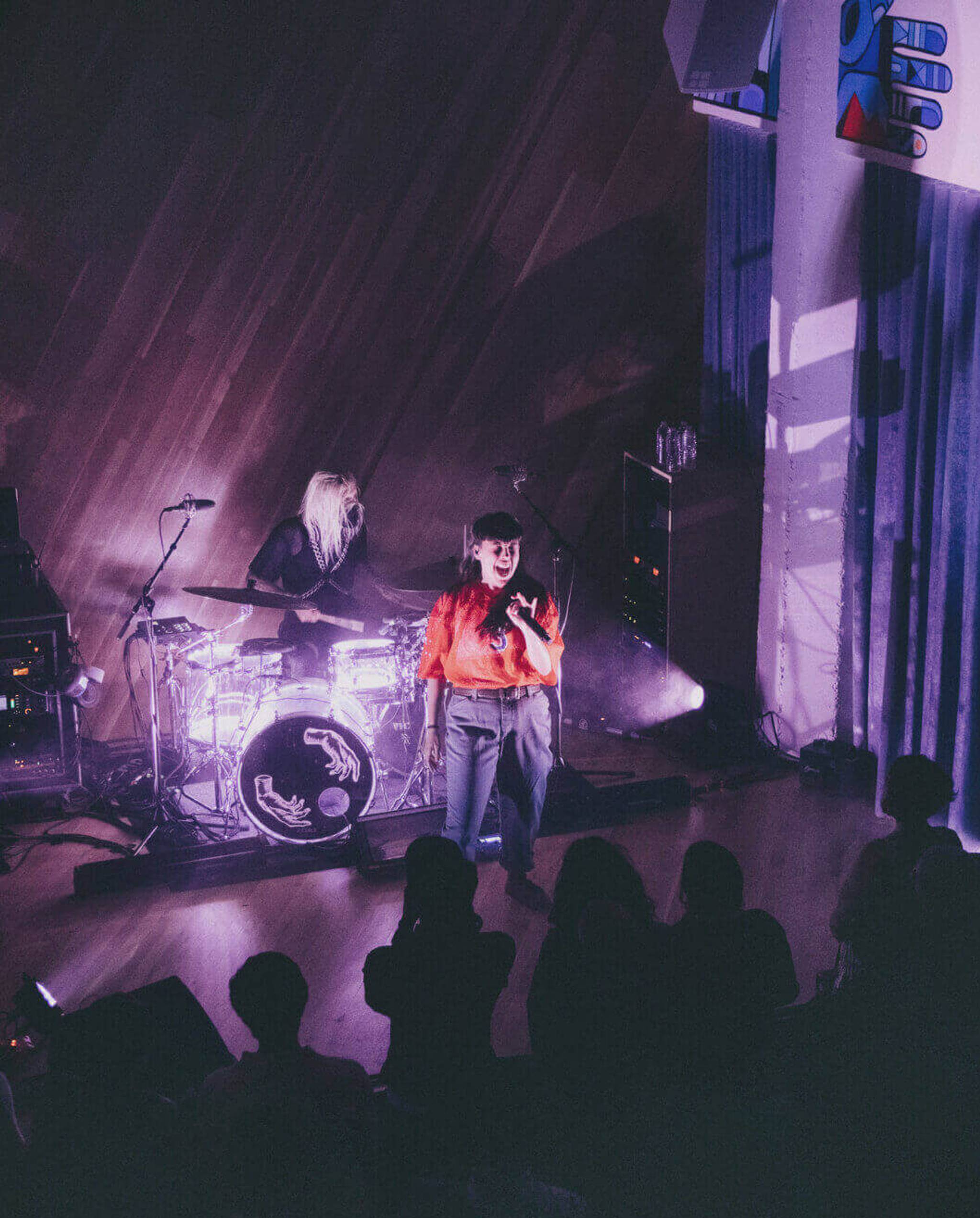
The return of the 2022 festival season has seen people seek moments of musical spectacle and hedonism to enrich their lives in a post-pandemic world. But with criticism of over-commercialisation tainting the experiences of attendees, what are people looking for from these celebrations of culture?
The summer of 2022 brought with it the first uninterrupted festival season in the UK since before the pandemic. During the enforced hiatus of live events, people’s preferences have shifted as they look to re-engage with IRL entertainment once again. With the easing of restrictions in 2021, 65% of the UK public said they hoped to attend a festival or outdoor market as their main experience, and 84% said they were keen to try new brand experiences. These demands signalled a unique opportunity to connect with revellers through innovative and immersive activations – particularly as the festival season got back into full swing in 2022.
One such event that hosted several unique and inventive brand partnerships was We Out Here. Situated on an undulating site near the rural Cambridgeshire village of Abbots Ripton, the festival features an eclectic mix of jazz, soul, R&B, and dance music curated by Gilles Peterson – DJ and owner of Brownswood Recordings. Lying “somewhere between a specialist affair and a more mainstream event,” it serves up unique musical moments and a true sense of community and escapism – a distinctive positioning that enables the brands involved to form authentic connections with attendees. We spoke to Ellie White, marketing manager at We Out Here, to find out how the event worked with brands to elevate the festival experience for its audience.
How did you choose the brands that would best reflect We Out Here's positioning?
We choose to work with brands that align with We Out Here's ethos – independent, high quality, creative, and a connection and care for community and music. For drinks sponsors, we look to brands that champion the arts. We work with Hennessy, which has a track record for supporting emerging talent (most recently via a partnership with Abbey Road), and Two Tribes was our lead beer sponsor which has developed a real community around its brewery in Kings Cross and partnership with Voices Radio. We had Carhartt on site supporting our Roller Rink, developing the work they have done previously with the Detroit Roller Rink crews, and Lucy & Yak, the independent, organic, recycled clothing brand, joined us with a shop activation that also featured upcycling sessions.
Why do you think these brands wanted to get involved with We Out Here in particular?
Our audience is uniquely placed in the festival market. We attract a diversity of ages from teenagers and Gen Yers to families and over 60s. They represent a cross-section of music fans, hungry for deep exploration, discovery, and strong community spirit. Acid Jazz dancers from the 80s and their families coexist alongside Gilles Peterson's avid radio listeners of all ages, energised by a young, conscious generation of creative, compassionate, and discerning listeners.
Given We Out Here's relatively niche lineups, our audiences are knowledgeable and trendsetting, and also highly engaged in the non-music activities on-site – wellness, workshops, talks, record digging, and more – meaning they are primed for exploring and experiencing new brands.
What do you think the brands achieved from their on-site locations?
We were particularly proud of our activations this year and how they all added value for our audience and fitted cohesively into the festival as a whole. Our most successful activations were stages. Minor Figures hosted a Quadrophonic listening lounge which was a hit with our audiophile audiences, Hennessy offered unforgettable musical experiences where grime and UK jazz collided in one-off collaborations, and Ace & Tate reached new audiences with its latest sunglasses range by taking over the peaceful haven that is the Santuary – featuring a swimming lake, deckchairs, and DJs. Each area offered positive, authentic interactions between the brands and our attendees.
How did the activations reflect the brands themselves? And how did this help to elevate the festival as an experience for attendees?
In the example of Minor Figures, we worked closely with the brand to immerse it into our musical programming. The concept for their stage was an unparalleled sensory experience through high-fidelity audio and deep listening sessions which were paired with its line of ready-to-drink oat milk coffees. We secured the groundbreaking, 16 quadraphonic ELS57 sound system, which has a cult following for its exquisite detail, resolution, and atmosphere – a huge hit for our music-loving audiences – and worked with the MF team to pick a series of seminal albums to re-experience through the system. We also worked with the team on booking new artists to the lineup to reflect the space, from ambient DJs like Mixmaster Morris to global selectors Tim Garcia, Poly-Ritmo, and Manu – enriching the festival experience for our attendees and introducing a new musical dimension to We Out Here.
Through unique musical moments and immersive activations, We Out Here’s brand partnerships elevated the gathering by providing attendees with a sense of community and participation in the culture they love. It’s a stellar example of how such events can get businesses on board while maintaining the DIY and communal spirit that resonates with modern festival-goers – something that other events have been criticised for neglecting.
With many questioning whether the festival spirit has, over time, become less about the music and more about profit, will attendees remain engaged with brands and events that fail to align with their values? And what could this mean for the future of festivals?



